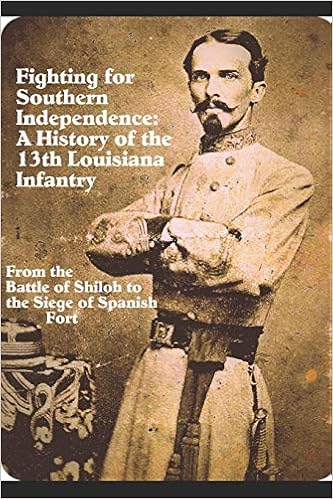In the Update on the Civil War Sites Advisory Commission Report on the Nation's Civil War Battlefields for Louisiana (issued in October 2010) (CWSAC), Bisland, Irish Bend, and Stirling's Plantation are listed as endangered sites. There is no mention of Bayou Bourbeaux or Camp Pratt. This will be referred to as the CWSAC.
 |
| CWSAC Battlefields of Louisiana: Notice that Bayou Bourbeaux and Camp Pratt are not on this list. |
Of the battlefields, I listed this is what the CWSAC Preservation wrote in 1993:
Stirling’s Plantation retains a high degree of integrity. Residential development and oil exploration represent potential, but not immediate, threats. Today, Stirling’s Plantation presents one of best opportunities for comprehensive battlefield landscape protection in Louisiana.That was written 27 years ago. Again, the only way someone will know there was a battlefield fought in that location is the lone historical marker already identified above.
It IS reported that 253.85 acres of the Bisland battlefield is permanently protected; 2,846.57 acres for Irish Bend and ZERO for Stirling's Plantation. What about Camp Pratt and Bourbeaux - they didn't make the list. All land protected on Bisland and Irish Bend is done entirely through Louisiana's state government with no Federal stewardship or nonprofit organizations. This is not a healthy recipe to see a battlefield park emerge any year soon.
An observant reader will notice "Vermillion Bayou" on the map and might wonder why I did not mention that as a large-scale battle in southwest Louisiana. That is because it was not a large-scale battle. It was simply a skirmish and how the so-called "Vermillion Bayou" battle makes the list and Bayou Bourbeaux doesn't is most likely based on the fact that Bourbeaux is in a much more rural setting that the ever-growing city of Lafayette that the Vermillion runs through.









![The 6th Michigan Volunteer Infantry in the Civil War: A History and Roster by [Eric R. Faust]](https://m.media-amazon.com/images/I/5173hNbV21L.jpg)
